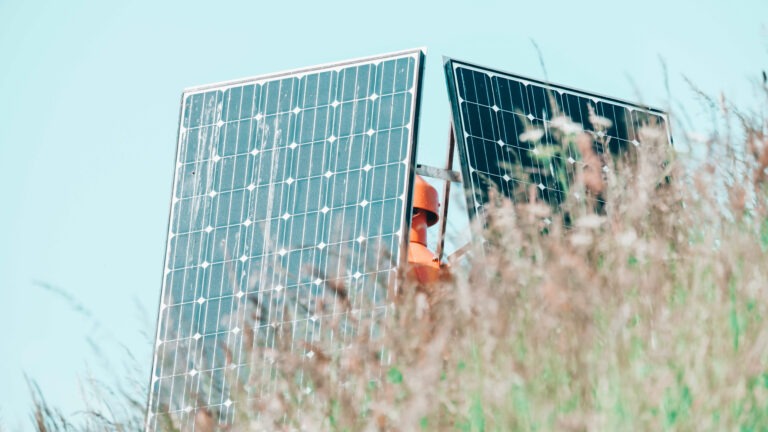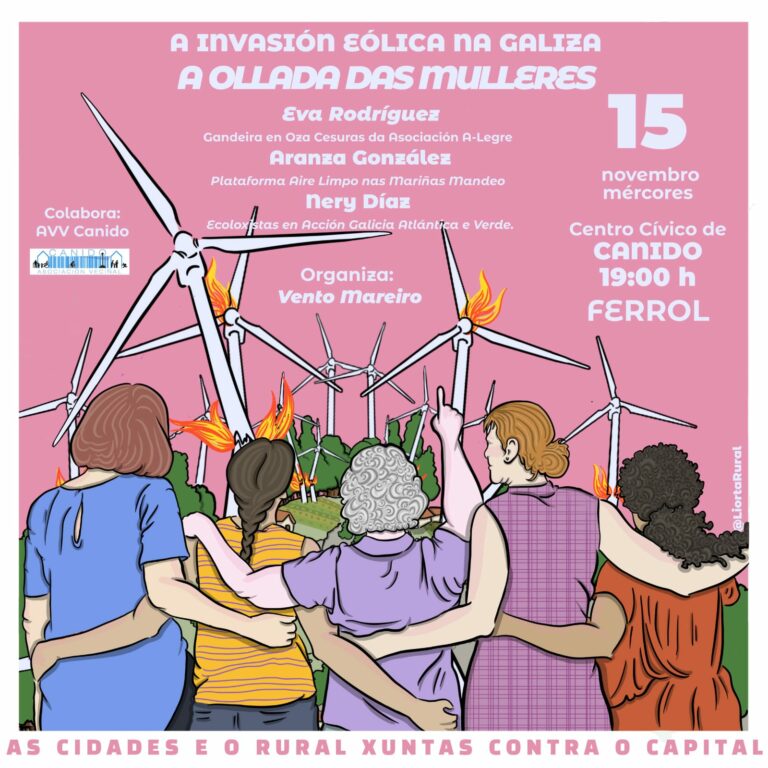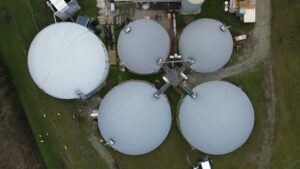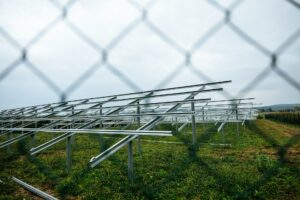

How solar parks can increase biodiversity
Solar parks often get stick for their impact on biodiversity – but recent research and fresh approaches are telling a different story and demonstrating that solar installations can actually enhance local ecosystems.
Table of Contents
Biodiversity and renewable energy
1000 times the natural rate.
That’s how quickly species around the world are going extinct, and the quest to reduce global emissions often adds to the loss of biodiversity. Take the need for solar farms, a necessity if we want to reach our local and global decarbonization goals, if these are not properly located, they will still produce electricity, but they also run the risk of impacting local ecosystems.
In Virginia, USA, more than half of solar farms are built on forested land, such as the controversial Randolph Solar Project, which will remove 3,500 acres of forest. A 2015 Arizona State University study found that 161 utility-scale solar projects were planned or operating in sensitive wildlife habitats.
This issue is not just a US thing. It’s global. In Spain’s Sierra Gudar-Javalambre region, locals opposed a 137-hectare solar park that threatened areas in the Natura 2000 network. In the Netherlands, a study of biodiversity in solar parks showed that only 3 out of 25 solar parks were managed optimally for biodiversity.
According to the United Nations, the main threats to biodiversity include land use changes, resource exploitation, climate change, pollution, and invasive species. That’s the bad news. The good news? Solar farms can, if carefully managed, actually help increase biodiversity.

How solar parks can increase biodiversity
Better Energy’s 67.9-hectare solar park in Blangslev, Denmark, shows just how solar farms can increase biodiversity by doing things differently. The solution? By following the Biodiversity Protocol from the Biodiversity Disclosure Project (BDP), Better Energy increased biodiversity from zero to about 20% post-construction, with projections up to 60% over 30 years.
The key practices of Better Energy’s biodiversity protocol
Careful selection of the site is crucial. Better Energy chooses locations that avoid critical habitats and prioritize degraded lands that can benefit from ecological restoration. Before construction, a comprehensive biodiversity baseline assessment is conducted to understand the existing flora and fauna.
Instead of monocultures, Better Energy plants a variety of native species under and around the solar panels. This approach fosters habitats for pollinators, birds, and other wildlife. They create diverse habitats, including wildflower meadows, ponds, and hedgerows, which support a wide range of species.
Post-construction, Better Energy implements a long-term biodiversity management plan. This includes regular monitoring to track the progress of biodiversity targets and adapt management practices as necessary. Grazing by livestock, like sheep, is used to maintain the grasslands without harming the solar infrastructure.
”We need to see the challenges before we can scale up the solutions – this holds true for all our efforts. Biodiversity data can be converted into decision making, but only if it is easy to understand and relevant to our business. The Biological Diversity Protocol creates a credible baseline and a context for discussion and further action. The metrics it provides are useful to us on three levels: management decision making, detailed ESG reporting and communication as a powerful tool for raising awareness and gaining support for our efforts".
Rasmus Lildholdt Kjær, CEO of Better Energy
Full case study: Measuring biodiversity improvements at solar plant Blangslev
Future implications for developers
The EU’s Corporate Sustainability Reporting Directive (CSRD), effective from this year, now mandates large companies to report on biodiversity impacts, which will likely start to influence renewable energy developers in several ways:
Enhanced transparency: Detailed biodiversity reporting will become standard, driving developers to adopt environmentally beneficial practices.
Sustainable finance: Investors prioritizing ESG criteria will likely favor projects that balance clear biodiversity benefits with good IRRs.
Regulatory compliance: Aligning projects with biodiversity targets will be essential to meet regulatory standards.
For developers, the integration of biodiversity considerations signifies a paradigm shift. Transparent and extensive reporting will likely become key to attracting investments and ensure compliance with national and EU-wide biodiversity targets.
While the CSRD primarily targets large and medium-sized corporations, its influence will likely cascade down to smaller developers not required to follow the CSRD. Investors, financial institutions and the like will increasingly start to focus on projects that shows clear environmental benefits besides lowering emissions, banks especially due to the Green Asset Ratio, which now requires them to disclose quantifiable evidence that financed assets meet the EU taxonomy definition of what’s seen as sustainable.
Looking ahead, the strategic edge among solar-PV developers will likely be with those who are able to clearly demonstrate positive environmental impacts, and have the data in place without compromising returns.
If you’re interested in learning more about the development process, read our grand guide to solar energy development.

